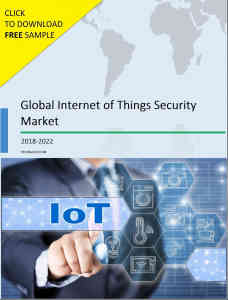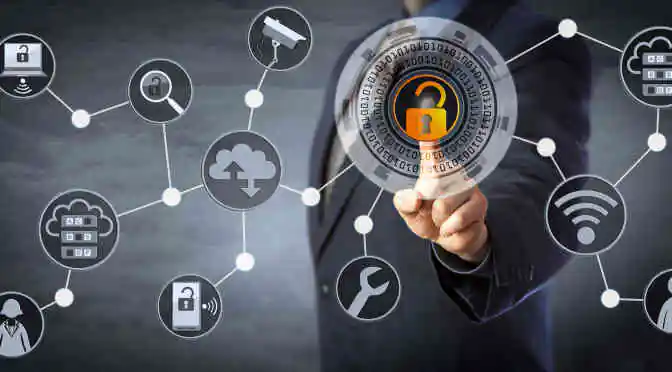According to a conservative industry estimate, there will be over 20 billion connected devices by 2020. This is a prodigious number and highlights the growing influence of IoT in our lives. However, alongside the possibilities this entails, the threat of hacking and other malicious activities will rise as well. Thus, safety will play a key part in the future of IoT. The following are the top five IoT security trends that will make a mark in 2018.
 1) Hackers will choose from a number of connected devices
1) Hackers will choose from a number of connected devices
In 2016, a multitude of unsecured IP cameras and home routers were targeted by the infamous Mirai Botnet. This onslaught signaled that hackers now had an enlarged selection of connected home electronic devices to choose from. In 2018, such inconspicuous yet connected devices will be prime targets. As a result, the problem will be further enhanced by unsecured devices that come without any passwords out-of-the-box and offer a measure of computing that can be adopted for malicious botnet activity.
2) Hackers will attack smaller targets to avoid detection
In 2017, the aforementioned Mirai Botnet was an apex breach in IoT security. However, in 2018, experts believe that the more successful hacks will be designed to be highly localized in their impact. This will ensure that these ‘micro-breaches’ aren’t perceived by the current detection technologies.
However, small doesn’t mean ineffective. The bots perpetrating these micro-breaches will be equipped to regroup, scale and propagate aggressively. Thus, hacks that aren’t quickly discovered may mutate into full-blown problems on a massive scale. Consequently, the hackers will be able to realize their end-game, without being conspicuous.
3) IoT security trends 101: Automation will lighten the workload
The future of IoT definitely needs an AI assist. In 2018, as more and more IoT devices are integrated across the board, administrators will find it difficult to manage them from a data collection and networking perspective. Hence, the pressing need for automation solutions and artificial intelligence (AI).
Integrating AI and automation to manage the IoT network will create a string of additional benefits. Furthermore, machine learning capabilities will help the participating devices make more intuitive and automated decisions. Additionally, the ingrained security will be ramped up significantly.
4) The quest for privacy will dictate executive decisions
In the present setup, most consumers are concerned about their privacy and suspicious of automated systems that demand access to a wide range of personal data. One of the prominent IoT security trends in 2018 will directly deal with this: ensuring privacy is at the forefront when talking of IoT security.
How will this be achieved? For starters, there is the General Data Protection Regulation (GDPR) as proposed by the European Union. The GDPR is designed as a deterrent against companies sourcing highly sensitive personal data from their customers in an inordinate quantity. GDPR will come into effect imminently and its checks, including a fine of up to 4% of the company’s annual revenue, will suitably discourage companies with malicious intent. As a result, it is hoped that sensitive user information will be off the table as a commercially viable asset.
5) Sensors will come under attack, repeatedly!
The basic functional units of all IoT connected devices are the sensors. In light of the strengthening IoT security protocols, these sensors will be the next preferred target for hackers. They could toy with the very nature of the sensors, including beaming infrared signals to connected cameras or ultrasonic signals to a voice-controlled IoT system. Currently, there aren’t foolproof solutions to plug these vulnerabilities. Consequently, IoT security experts will be forced to uncover functional solutions in a hurry.



